Choosing Pottery Clay for Your Next Project A Comprehensive Guide
The process of choosing pottery clay is not just about selecting a medium; it includes integrating contemporary design into thousands of years-old traditions.
Your blog category
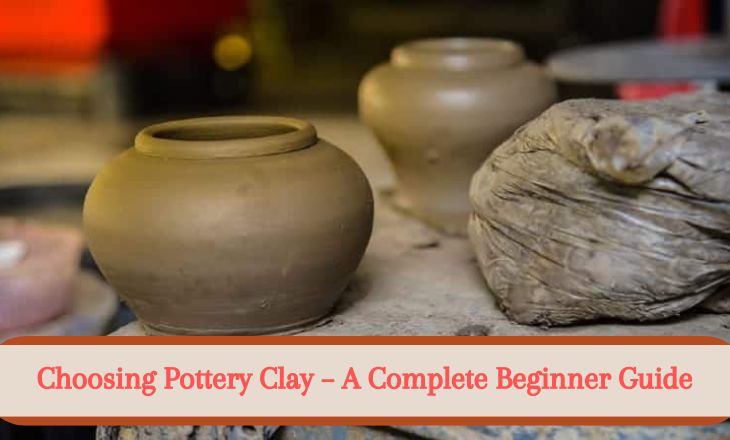
The process of choosing pottery clay is not just about selecting a medium; it includes integrating contemporary design into thousands of years-old traditions.
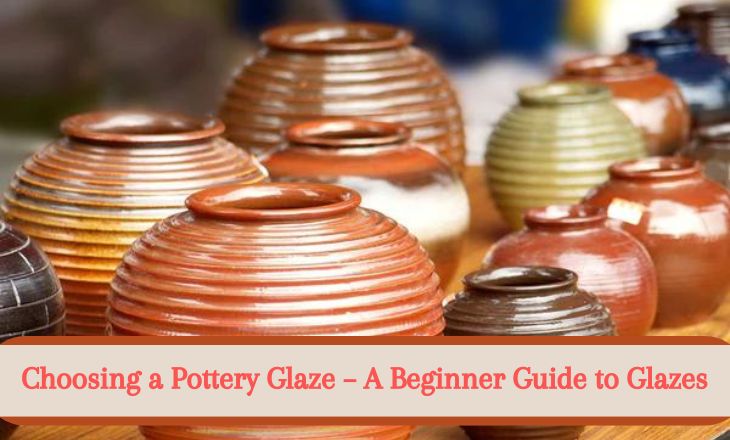
When choosing a pottery glaze, it is crucial to consider the temperature you are firing your ceramics. For example, low-fire glazes are typically used for earthenware and fired at a lower temperature, while high-fire glazes are suitable for stoneware or porcelain that require higher firing temperatures.

Raku pottery involves elements of chance and experimentation, adding an element of excitement for both the artist and the viewer.
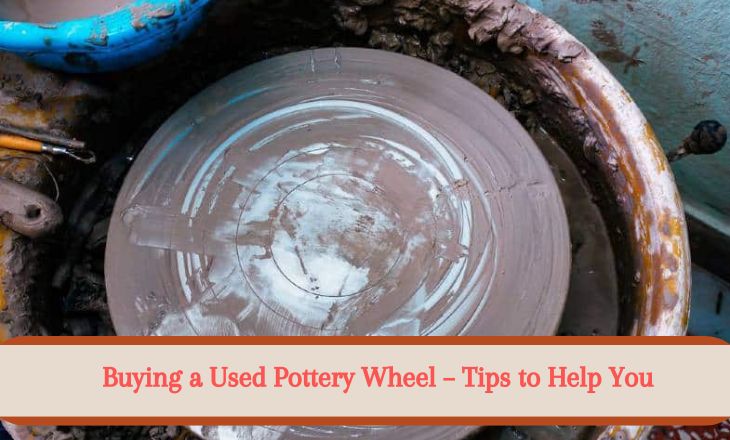
Buying a used pottery wheel can be a game-changer, offering both affordability and functionality for your artistic attempt.

We will explore 10 easy ways to locate pottery firing services near me and even discover options for kiln rental services that fit your specific needs.

Firing clay at home opens up possibilities for budding ceramic artists and hobbyists alike. In this article, we will explore 7 simple ways to fire pottery that will empower you to bring your creative visions to life without breaking the bank or compromising on quality.
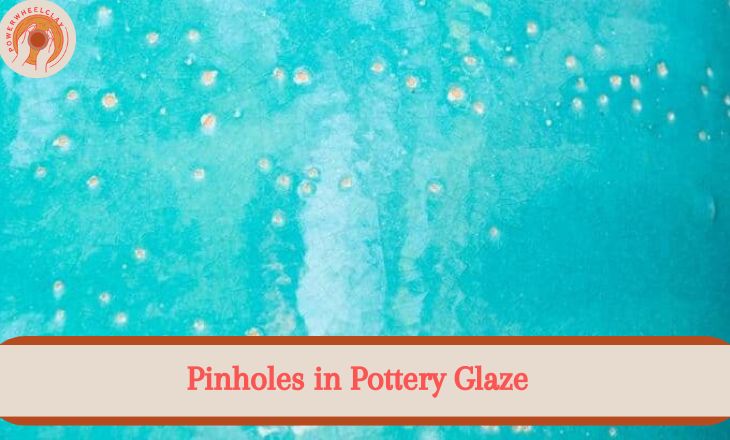
We will delve into the intriguing world of pinholes in pottery glaze – exploring their causes, implications, and potential solutions to preserve the integrity of these exquisite art pieces.
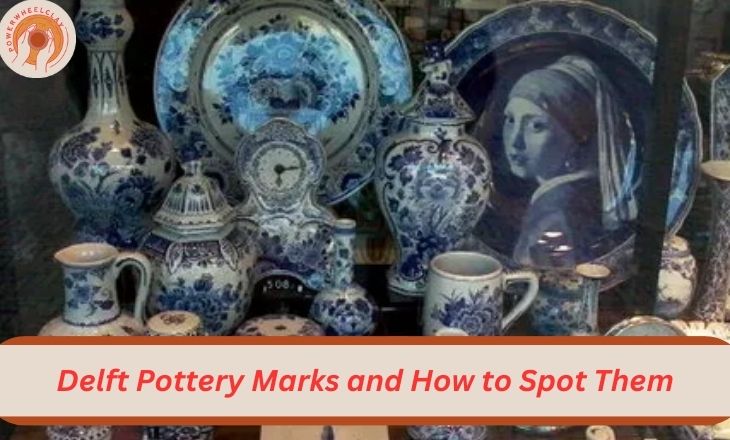
Delft pottery marks are like hidden messages that are just waiting for the right person to interpret them. The characteristic blue and white patterns frequently provide information about the piece’s date, place of creation, and even the artist. By detailed examination of these marks, a centuries-spanning web of history and skill can be uncovered.
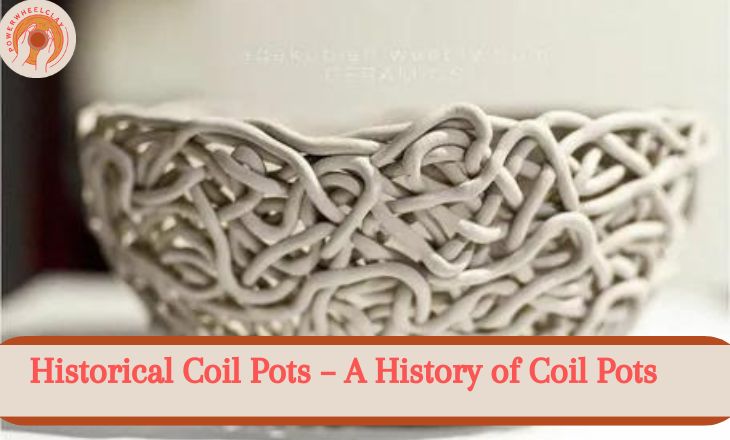
Coil pots, an ancient pottery technique, involve stacking rolled clay coils to create vessels, often adorned with intricate designs.
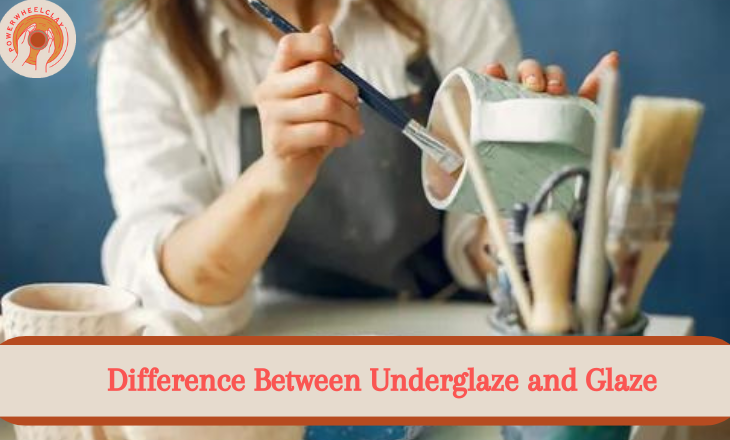
Underglaze and glaze are commonly used in ceramics to add color and texture to pottery pieces. While both serve the purpose of enhancing the visual appeal of the final product, they differ in their application techniques and properties